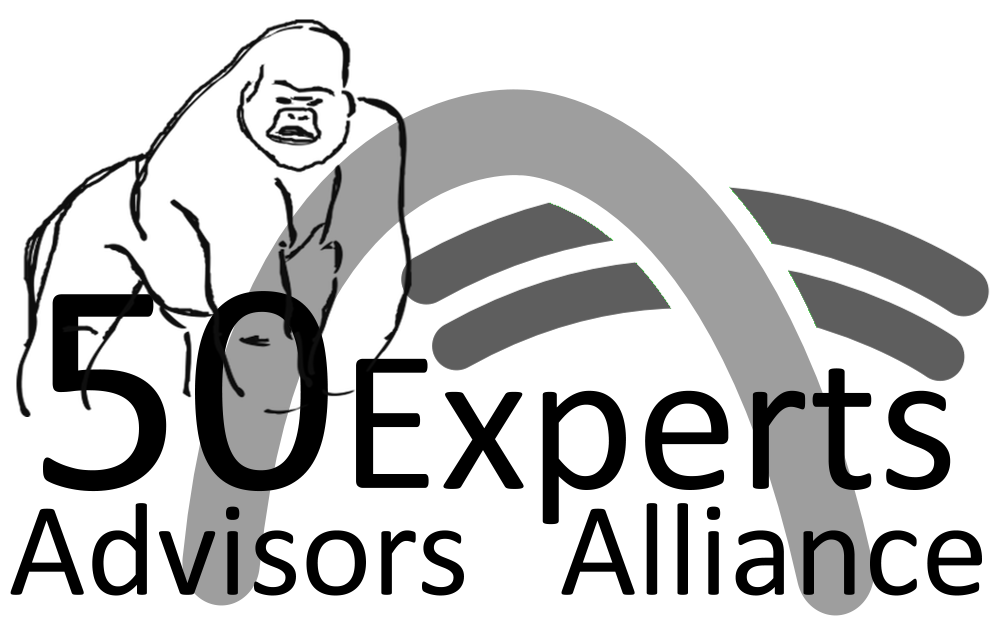The Industrial Evolution
The Industrial Evolution
The once in a century chance for emerging countries
Meanwhile, it has become common knowledge that the dramatic expansion of the internet has not only changed our daily lives; now it also allows young emerging nations to take a leading role in shaping the future, thus neutralising the advantage formerly enjoyed by leading industrial nations.
Driven by the Internet of Things, the Fourth Industrial Revolution has arrived with an exponentially growing number of big data reservoirs. And those big data lakes require an increasing number of technology components leading in turn into an affluence of opportunities enabling previously disadvantaged nations to suddenly become leaders in a sector.
However, becoming a leader is not a self-runner. It requires a farsighted continuous planning that starts with a proper canonical education paired with building an ecosystem that caters for the cooperation and communication infrastructure for individual small enterprises and start-ups to realize their ideas with agility in mind. Such an ecosystem needs to provide the environment that allows young entrepreneurs and researchers to concentrate on their core skills that also grants the necessary ability to fail without putting their own future in jeopardy.
Building such an ecosystem will itself be a collaborative effort between local government with their public services and local industry and education system hand in hand with international institutional sponsors.
This means practically, that a country can become a leader in its speciality area when it provides to small start-up companies affordable co-working spaces that are technologically fully equipped to allow the bright young kids develop, implement, test and market their ideas. That means office space for little money, hardware and electronic workshops to allow building prototypes but also administrative services and a market place to promote and sell their products.
However, infrastructure and ecosystems are in vain if the working teams have not sufficient education that permits easy friction-free cooperation. That starts with language and terminology. If one team speaks English and the other team French only, it is obvious that a communication is cumbersome. That is analogously true when it comes to communicate on technology: people who are experts in SAP ERP systems may have little understanding of web service technology and API management; when it comes to security there is even amongst experts a lot of disaccord. The solution to overcome this Babylonian dilemma lies in common canonical education for as many young people and professionals as possible. It is evident that such an education effort can only be handled by the government itself.
Having all this set we can picture the road map to achieving a leading position in the Digital transformation game.
- Create a central institute to define and control the syllabus for the future topics of Digital Transformation.
A model how to organize and structure such a national institute can be the W3C consortium
The training itself will be executed by e3xisting training institutes and/or private academies, however, the examination must be controlled by degree granting academies only
- While the education system is formed one or several technology parks in the form of small incubator villages need to be established.
The role model is Silicon Valley and the technology parks can already be created in a bootstrap manner with the help and active contribution of early start ups from several industries.
- To complement the activities there needs to be a state moderated market place mesh that allows the start-ups to place and advertise their products and the products can receive a trusted evaluation certificate
It needs to be said that the government will not be the traders, but the monitor for fair trading and equal chances.
The above layout can be achieved in a period of two years to have an initial ecosystem ready. Like the development of a city and their communities the whole process will be an evolutionary approach with continuous improvements.

















































